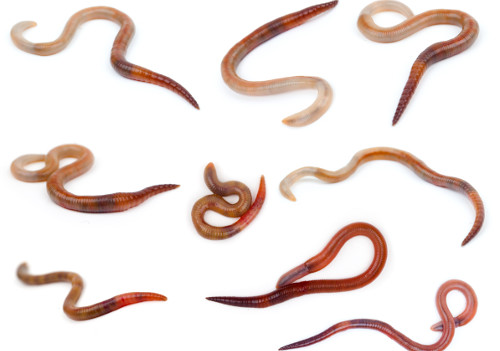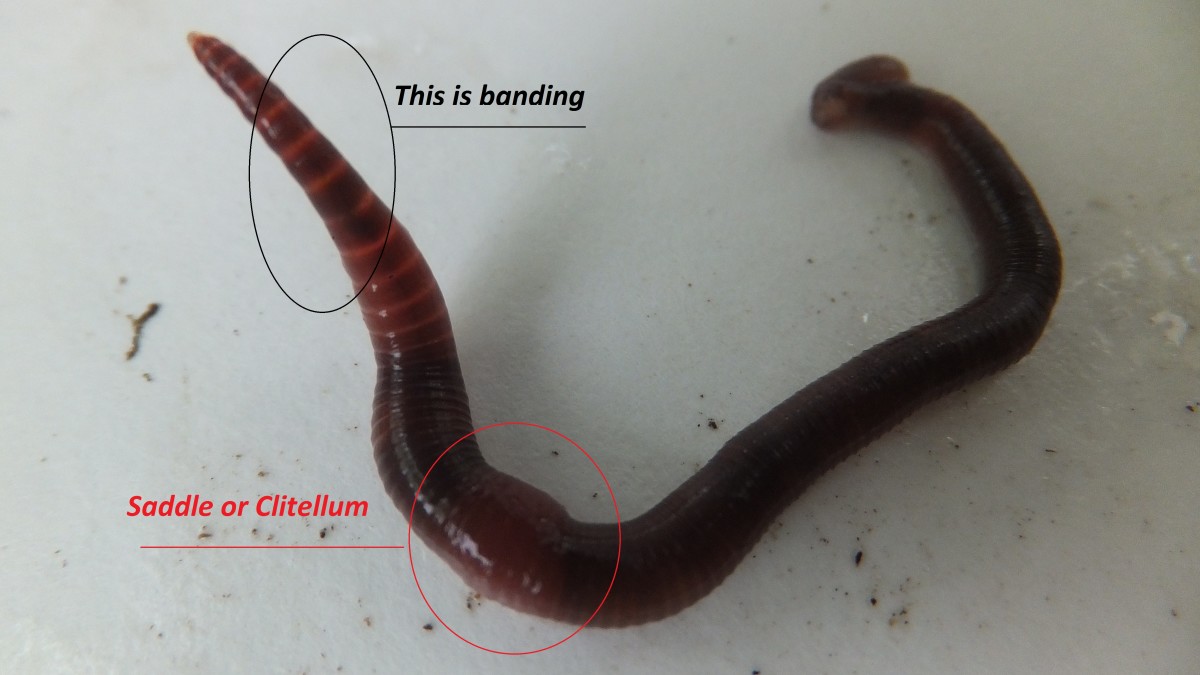Red Wiggler Worms up for sale - Sustainable Waste Management Option
Red Wiggler Worms up for sale - Sustainable Waste Management Option
Blog Article
Taking Full Advantage Of the Conveniences of Red Wiggler Worms: A Comprehensive Guidebook for Home Gardeners and Urban Farmers
In the world of sustainable horticulture techniques, red wiggler worms stand as unrecognized heroes, quietly changing natural waste right into nutrient-rich spreadings that can function wonders for dirt wellness. As home garden enthusiasts and metropolitan farmers progressively seek economical and ecologically friendly means to boost their gardens, the possible benefits of harnessing the power of red wigglers can not be overstated. From lessening kitchen waste to cultivating much healthier plants, the usage of these humble creatures offers a huge selection of advantages. By checking out the ins and outs of just how to effectively take care of and take full advantage of the advantages of red wiggler worms, individuals can open a riches of chances for improving the sustainability and efficiency of their gardening ventures.
Recognizing Red Wiggler Worms
Red Wiggler worms, renowned for their reliable composting abilities, are a species of earthworms commonly utilized in vermiculture practices. These worms, medically referred to as Eisenia fetida, flourish in decomposing natural product, making them excellent candidates for composting (Red Wiggler Worms). Red Wigglers are ravenous eaters, qualified of consuming their very own weight in organic waste daily. Their digestive system process breaks down raw material right into nutrient-rich spreadings, which are a valuable source for improving soil and advertising plant development.
One key feature of Red Wiggler worms is their reproductive rate. These hermaphroditic animals have both female and male reproductive body organs, allowing them to duplicate rapidly under favorable conditions. A fully grown Red Wiggler can generate numerous children in a brief duration, making sure a steady populace within a composting system.

Establishing Up a Worm Bin
When developing a worm bin for vermiculture objectives, appropriate preparation and focus to information are vital for producing a conducive atmosphere for Red Wiggler worms. Begin by selecting a suitable container for your worm bin. This can be a plastic or wooden container with a lid to preserve wetness degrees and shield the worms from light. Ensure that the container has drain holes near the bottom to stop waterlogging.

Place the worm container in a trendy, dark location away from direct sunshine and extreme temperatures. By complying with these actions, you can establish up a flourishing worm container that will effectively refine organic waste right into nutrient-rich vermicompost for your yard.
Feeding and Preserving Worms
Ensuring a balanced and nourishing diet plan is critical for the wellness and efficiency of Red Wiggler worms in a vermiculture system. It is crucial to avoid feeding them citrus fruits, onions, garlic, milk products, meat, and oily foods as these can be harmful to the worms or trigger unpleasant odors in the container.
Correct moisture levels are likewise critical for the health of Red Wiggler worms. By vigilantly monitoring their diet, wetness, and environmental conditions, home gardeners and urban farmers can sustain a healthy and effective Red Wiggler worm population for composting objectives.
Collecting Worm Castings
To effectively draw out nutrient-rich worm castings from the vermicompost, a methodical harvesting process is vital for optimizing the composting advantages. Red Wiggler Worms. The initial action in gathering worm castings is to urge the worms read what he said to move away of the bin. This can be accomplished by positioning fresh food scraps on one side and leaving the opposite side uninterrupted for a few days. As soon as most of worms have actually moved to the side with fresh food, the spreadings can be accumulated from the contrary side.
After the castings have been gathered, it is vital to separate any type of continuing to be worms from the castings to stay clear of damaging them during storage space or application. One effective method is to develop conical stacks of castings under brilliant light. Worms will naturally relocate far from the light, permitting for very easy splitting up and elimination.
Last but not least, the gathered worm castings must be stored in a cool, dark, and dry area to maintain their high quality and efficiency as a nutrient-rich dirt modification. By following these actions, home garden enthusiasts and city farmers can make the most of the advantages of red wiggler worms in their vermicomposting systems.
Making Use Of Worm Castings in Gardening
The incorporation of nutrient-rich worm spreadings into yard soil can significantly improve plant growth and general dirt health. Worm castings, also known as vermicast, are an all-natural fertilizer produced by red wiggler worms as they break down organic matter. These spreadings are abundant in essential nutrients like nitrogen, phosphorus, potassium, and advantageous microorganisms that advertise plant development and enhance dirt structure.
When making use of worm spreadings in horticulture, it is important to mix them completely right into the dirt or utilize them as a top clothing around plants. The slow-release nature of worm spreadings ensures a consistent supply of nutrients to plants over time, reducing the danger of nutrient leaching and advertising long-lasting dirt fertility. Additionally, worm castings help improve soil aeration, water retention, and microbial activity, creating a healthy and balanced setting for plant origins to grow.

Conclusion
In final thought, the utilization see it here of red wiggler worms in home horticulture and urban farming can dramatically profit dirt health and plant development. By understanding exactly how to establish up and dig this keep a worm container, feed the worms appropriately, and harvest their nutrient-rich spreadings, garden enthusiasts can maximize the benefits of these earthworms.
In the realm of sustainable gardening practices, red wiggler worms stand as unsung heroes, silently transforming organic waste right into nutrient-rich spreadings that can work marvels for soil health and wellness.When developing a worm container for vermiculture purposes, correct preparation and attention to detail are vital for producing a conducive atmosphere for Red Wiggler worms. The first action in gathering worm castings is to encourage the worms to move to one side of the bin. Worm castings, additionally understood as vermicast, are an all-natural plant food produced by red wiggler worms as they break down organic matter. By comprehending just how to establish up and maintain a worm container, feed the worms properly, and harvest their nutrient-rich spreadings, gardeners can maximize the advantages of these earthworms.
Report this page